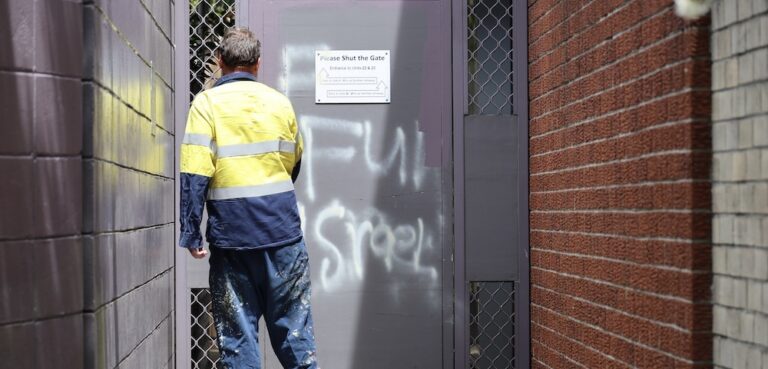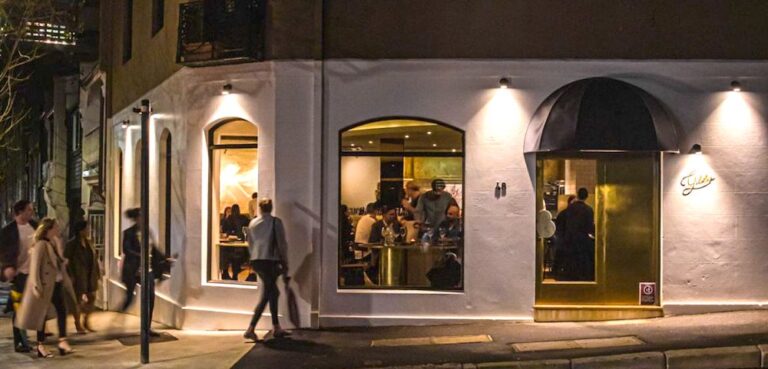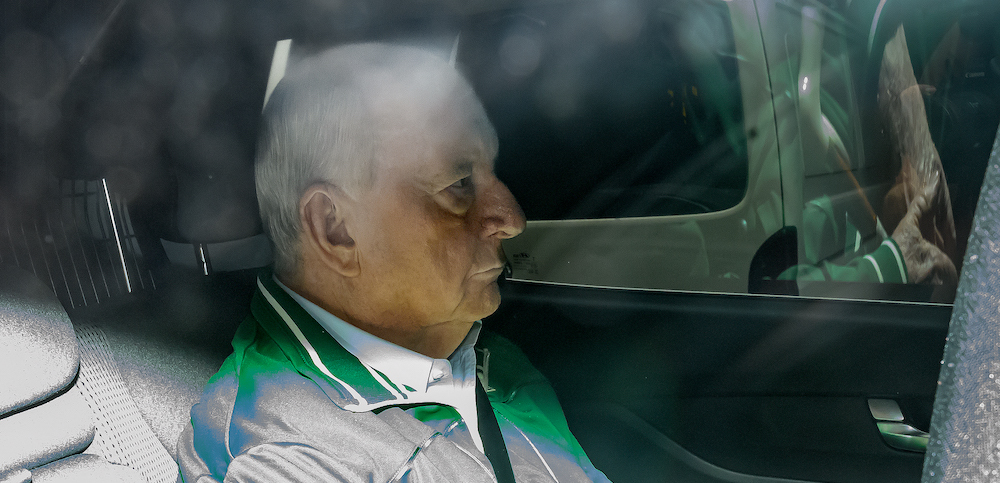
Sydney home to copy of rare Vatican manuscript
BY MICK ROBERTS
Sydney’s medieval historians now have access to Australia’s only copy of manuscripts of the Vatican’s trials of the Knights Templar.
The University of Sydney has purchased the $10,000 reproduction of a document that rehabilitates the Christian military order popularised by Dan Brown’s book, The Da Vinci Code.
The Knights, recognisable by the white robes with a red cross they wore over their chain mail, guarded pilgrims visiting the Holy Lands and for centuries have been the subject of all sorts of myths and legends.
The Knights have been linked to the modern-day Freemasons, and portrayed as guardians of the mysterious Holy Grail used at The Last Supper of Jesus Christ.
The elaborate reproduction is bound in an ornate leather case, and includes scholarly notes and reproductions of the original parchments and wax seals. Only 799 copies were made: Pope Benedict was given the first copy, and Sydney now has copy number 300.
As the home of one of the largest group of experts in medieval studies, the University’s Fisher Library Rare Book librarian, Neil Boness said it is appropriate that Australia’s only copy of the trial is archived at the University of Sydney.
He said in the early 14th century King Philip IV of France accused the knights of heresy and sodomy, and many of the order’s leaders were burnt at the stake.
“The crux of these trial documents is that Pope Clement V didn’t think the Templars were guilty of heresy,’ Mr Boness said.
The key document in the reproduction is known as the Chinon Parchment and it shows that the Pope absolved the Knights of heresy charges. It was “misplaced” in the Vatican archives until it was discovered by a researcher in 2001.
He said it is “very unusual” for the Vatican to release a reproduction of material from the Secret Archives.
Known as Processus Contra Templarios – Papal Inquiry into the Trial of the Templars, Mr Boness said the archives are used by students and other researches in the field.
‘The archives are certainly available to look at by the general public, as long as you can read in Latin,’ he said.
‘Quite a lot of interests have been shown from within the university and even more is expected once news gets out to the general public.
‘It has only been here now for four weeks, and still needs to be catalogued.’
According to Associate Professor for Medieval Studies John Pryor, there was “significant pressure” placed on the Pope by the King’s agents to find the order guilty.
“Several thousand of the order survived in Spain and elsewhere, but mainly they disappeared into society,” Mr Pryor said.
He said he hopes the documents will assist potential PhD students: “There is a huge scholarly interest in the trials.”









